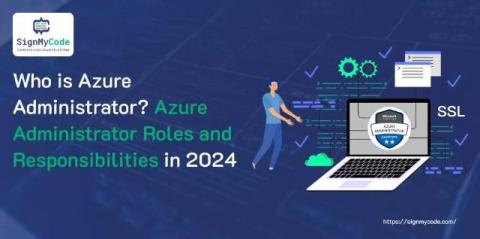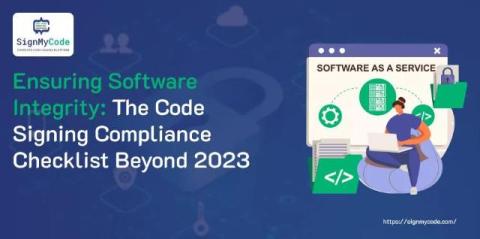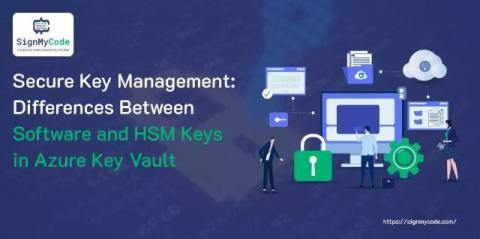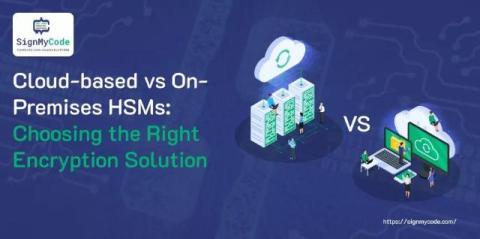What is Software Security? Importance, Techniques, Challenges and Best Practices
Software Security is the field mainly concerned with protecting software applications and systems against different threats or risks or the process of defending software applications or systems against various threats, risks, or attacks. It includes the various initiatives, methods, and safeguards to protect the software and data it processes from unauthorized access, alteration, or denial.











